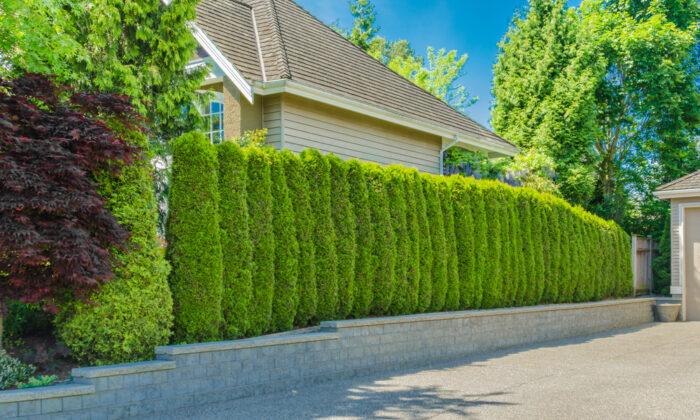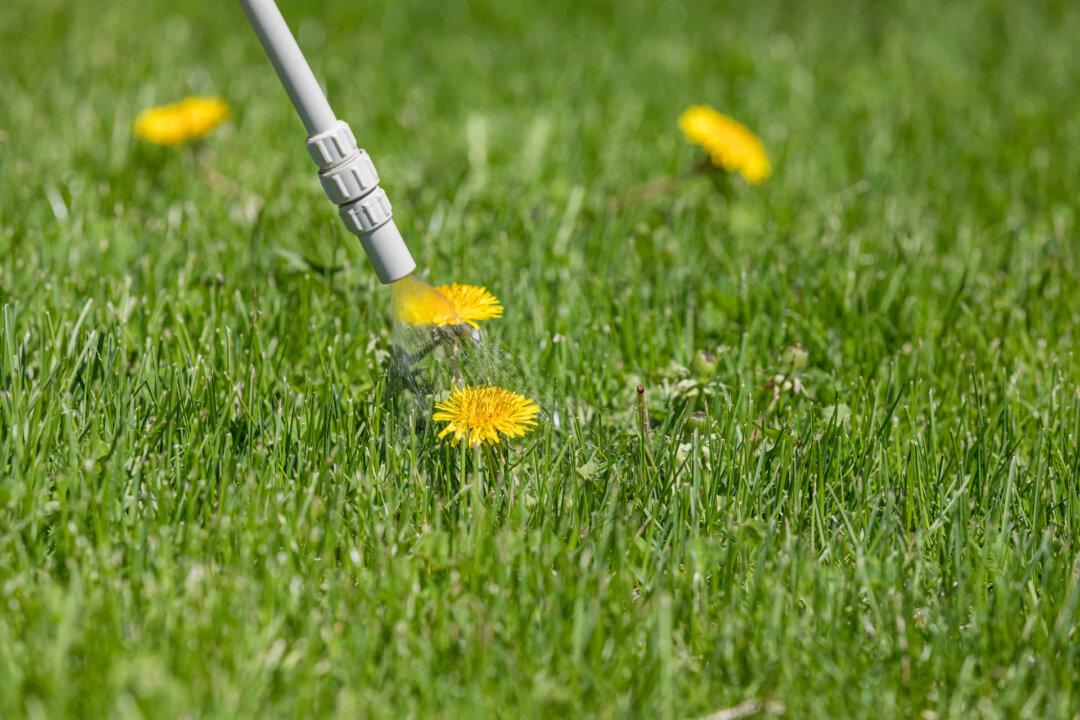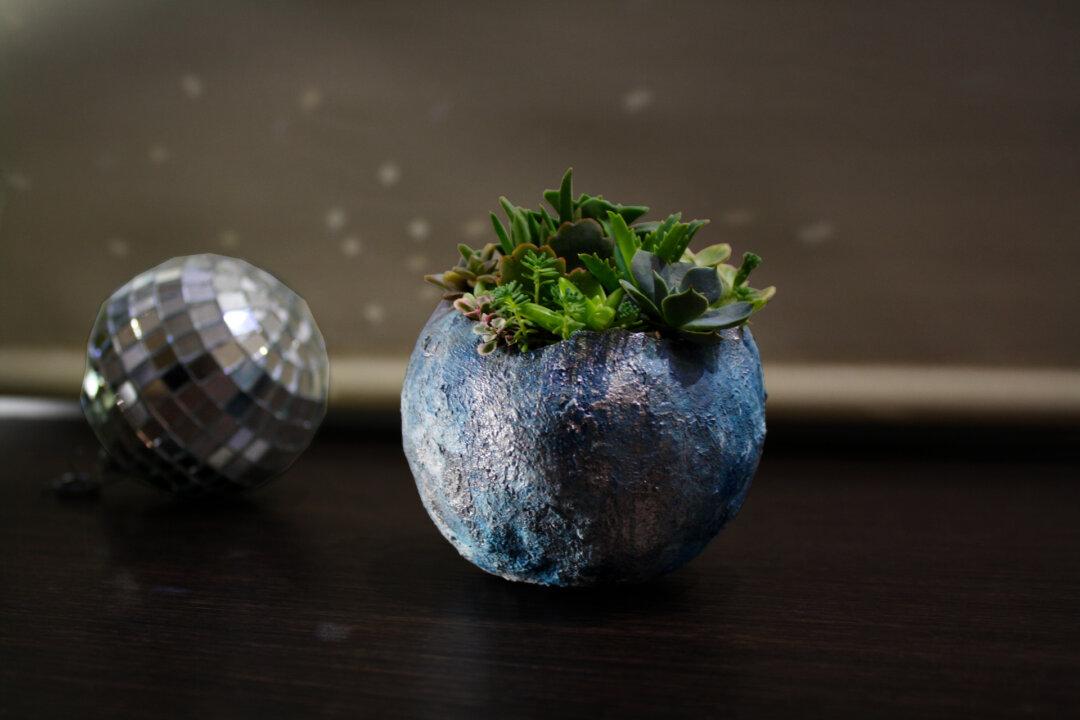The only protection that will work over a whole winter is a physical barrier. Fencing works better than sprays and chemicals. Spray products often do work but will need to be applied several times over the winter. They are fast and easy to apply and can be done if fencing isn’t possible.

Many plant stems turn colors over the winter. The spring’s growth will be green, and then over the course of the year, it will thicken and develop a brown bark. If it died from the winter weather, it will be easy to tell, and it will just break off when bent.
Wait until new growth starts coming out in the spring to see if the brown wood is dead, and then prune it all off. You might be surprised at how much is still alive.
For privacy, you might want to consider an evergreen. There are many very narrow upright growing varieties for every climate zone. They will give privacy the whole year.
You might also consider a large shrub. The line of distinction between tree and shrub is kind of blurry, between 10 to 20 feet. Many shrubs will grow 10 to 15 feet tall and are at their fullest for the top two-thirds of their height, where they will provide the most screening. Ask your local nursery for a recommendation of a large shrub. Also, ask them for ones that don’t create a messy fruit. Don’t ask them for one that doesn’t flower, because they all flower; it’s more of a matter of what kind of fruit is produced.
You can plant any of these plants closer to the property line. A tree planted next to the deck will actually block your view of your yard, but one planted next to the property line will create a backdrop for your view of your yard while it screens out the neighbors.





